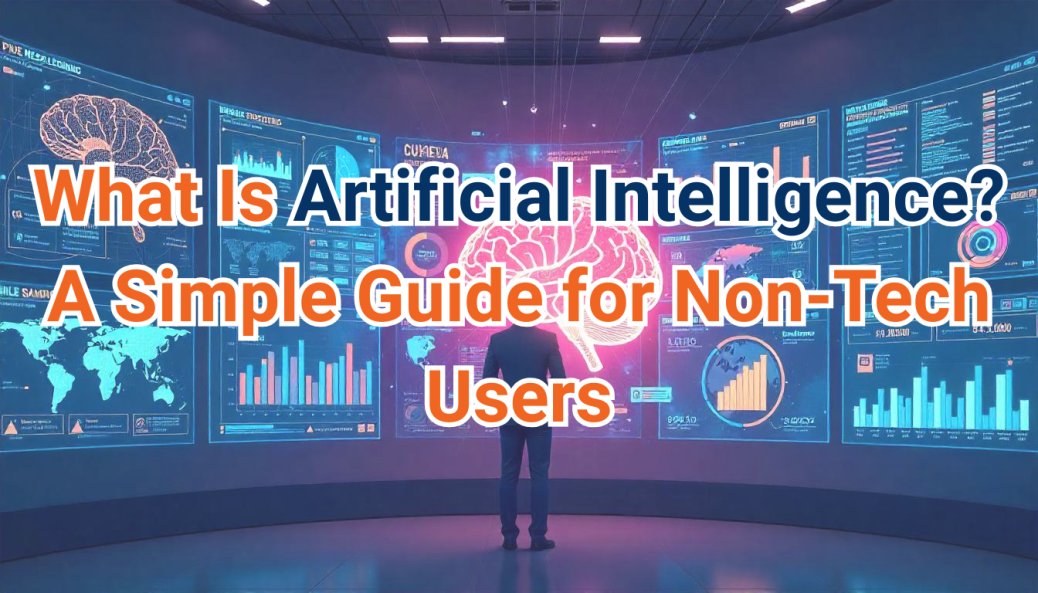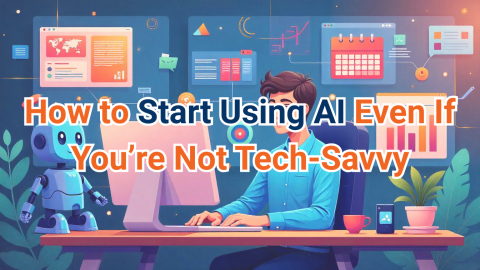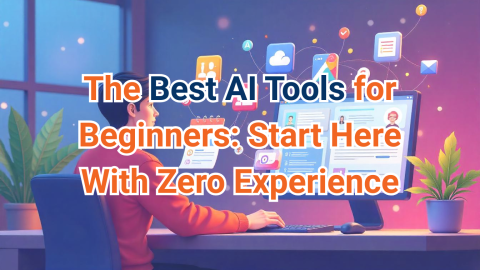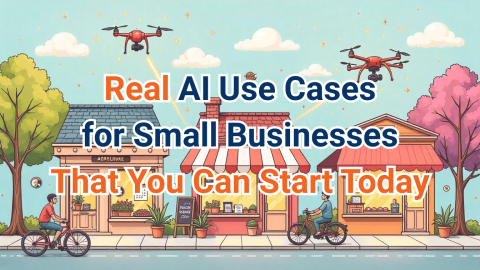You’ve probably heard the term “Artificial Intelligence” (AI) thrown around a lot—on the news, in meetings, maybe even in casual conversations. It might sound like something futuristic or technical, but in reality, AI is already part of your everyday life—and it’s not as complicated as it seems.
This article is designed for non-tech users who want to understand what AI really is, without jargon or confusion. We’ll break it down in plain English, show you where AI is already helping you, and explain why it matters for your work and business.
AI, Simply Explained
At its core, artificial intelligence is about teaching computers to mimic human thinking. That means getting machines to understand language, recognize patterns, make decisions, and even learn from experience.
Think of AI as a smart assistant that doesn’t sleep. It can scan massive amounts of data in seconds, detect patterns humans might miss, and help automate repetitive tasks.
But don’t confuse AI with a robot. Most of the time, AI exists behind the scenes in software—like when your email app filters out spam or your calendar app suggests meeting times based on your availability.
Imagine training a dog to fetch. You give it commands, it learns through repetition, and it gets better with practice. That’s similar to how AI learns—through data and feedback.
Examples of AI You Already Use
You may not realize it, but AI is already woven into many of the tools you use every day. Here are some common examples:
- Voice Assistants
Tools like Siri, Google Assistant, and Alexa understand your voice commands and respond using natural language processing (NLP), a branch of AI. - Navigation Apps
Google Maps and Waze use AI to analyze traffic data and suggest the fastest route in real time. - Streaming Recommendations
Netflix and Spotify suggest shows or songs you might like based on what you’ve watched or listened to in the past. That’s AI analyzing your habits. - Email Filters
Gmail automatically detects and filters out spam using AI trained on billions of emails. - Smartphone Cameras
Your phone’s camera often uses AI to recognize faces, adjust lighting, or apply filters intelligently. - Customer Support Chatbots
Many websites use AI-powered chatbots to answer common questions instantly—no human agent needed.
All of these features use some form of machine learning, which means the system improves over time the more data it processes.
But Isn’t AI Complicated?
That’s a common concern—and the answer is: not necessarily.
You don’t need to be a programmer or tech expert to benefit from AI. In fact, many AI tools today are built specifically for non-technical users. They come with easy interfaces, plain language options, and templates that let you get started quickly.
For example:
- ChatGPT lets you type a question or prompt and receive clear, helpful responses from an AI in seconds.
- Canva’s AI tools help you design logos, flyers, and presentations just by describing what you need.
- Make allows you to set up AI-powered automations (like moving form responses into a spreadsheet) with just a few clicks—no coding required.
In short: if you can use Google and write an email, you can use AI tools.
Why Small Businesses Should Pay Attention
AI is not just for big tech companies. It’s rapidly becoming a competitive advantage for small and medium-sized businesses too.
Here’s why:
- It saves time. AI can automate repetitive tasks like scheduling, replying to basic customer questions, or drafting social media posts.
- It improves decision-making. AI tools can analyze your sales data, customer behavior, or website traffic and give you clear insights.
- It enhances customer experience. From personalized emails to instant chat support, AI helps you deliver faster, smarter service.
Even small teams or solo entrepreneurs can now afford and use AI-powered tools. And the best part? Many of them have free versions or affordable plans.
Key Terms (In Plain Language)
Here are a few terms you’ll see a lot when reading about AI:
- Artificial Intelligence (AI): Any system that mimics human intelligence—like learning, problem-solving, or decision-making.
- Machine Learning (ML): A type of AI where systems improve by learning from data.
- Natural Language Processing (NLP): Helps machines understand human language (used in chatbots, voice assistants, etc.).
- Automation: Using technology to perform tasks without human input.
These terms might sound intimidating at first, but once you see them in action, they become easy to understand.
Conclusion
AI isn’t science fiction anymore—it’s a practical, everyday tool that’s already helping people and businesses every day. You don’t need to learn how it works behind the scenes; you just need to understand what it can do for you.
Whether you want to save time, work smarter, or improve your business, AI is a tool worth exploring. Start with one simple tool. Try an AI writing assistant. Or automate one small task. The point is: you don’t have to be technical to start taking advantage of AI today.











